Text: Robert Čoban
“Aruba, Jamaica, ooh I wanna take ya, to Bermuda, Bahama, come on pretty mama…” these are famous lyrics from the Beach Boys’ 1988 song “Kokomo”. The Island of Kokomo, of course, doesn’t exist, but of the aforementioned four island nations, three were included in our cruise’s tour programme.
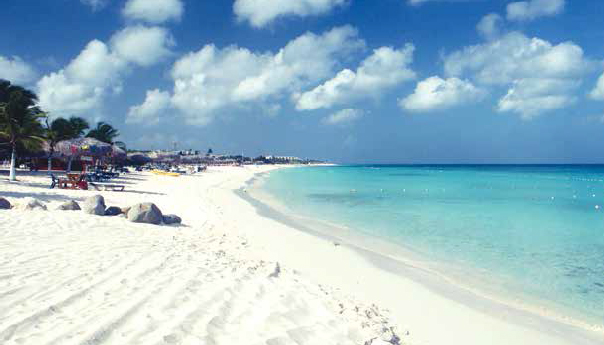
What is less known is that several more or less successful parodies on “Kokomo” have been created with the title “Kosovo”, the most effective version of is which certainly the one by Norwegian group “Shiptare Boys”, which is composed of idle UN troops in Kosovo and which includes, among others, the verse:
“Ooh so now we’re helping out in Kosovo
We’ll kick some ass
And then we’ll see how it goes
And then we really don’t know
Good luck to Kosovo!”
Anyone who’s interested can see it on Youtube, while we set off on the MSC Divina from the Port of Miami on the day when a crazed former member of the Alaska National Guard randomly shot and killed five innocent people at the airport in the nearby Fort Lauderdale. This was just another small reminder of the world in which we live, before we embarked on our cruise through the idyllic waters of the Caribbean Sea described in the songs of the Beach Boys.
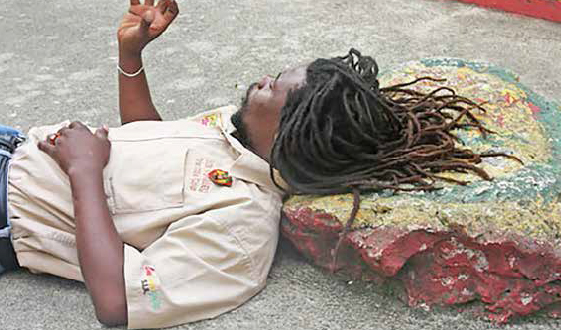
“A ROCK WAS MY PILLOW”
After a day spent at sea, on the Sunday we docked at the Cruise Terminal of Ocho Rios (Eight Rivers) in Jamaica. Most people experience this island as a tropical paradise for American tourists, which a good part of Jamaica is, so passengers mainly choose to bask on beaches or climb around the really attractive waterfalls of Dunn’s River. A few of them went to visit the infamous Kingston Town, the capital of this island nation, whose official head of state is still Queen Elizabeth II, and even fewer went to the village of Nine Miles in the heart of the island, far from the sea and sandy beaches. This village is the birthplace (1945) and burial site (1981) of Bob Marley, undoubtedly one of the most famous musicians of the 20th century.
In short? In the village everyone is stoned and they all offer you marijuana, or at least tea and cakes made from the same substance! Literally everyone: the taxi driver who drove us, the workers in the mausoleum, traders on the market, it would seem even the local police.
The mausoleum where Bob Marley (36) and his mother (81) are buried is completely spectacular. Marley was born a Catholic, though he later became a Rastafarian (the religion that originated in Jamaica in the 1930s, following the coronation of Haile Selassie as Emperor of Ethiopia), only for him to be baptised a year before his death by the Archbishop of the Ethiopian Orthodox Church, so the singer died as an Orthodox believer… Elements of all three religions, pictures of Haile Selassie, a football (he loved football, especially Pele) can all be seen in this small mausoleum. In the ground of the courtyard is a rock painted in the colourful Rastafarian colours. The aforementioned piece of rock served Marley as a pillow which he used for sleeping when he wanted to gain inspiration – “a rock was my pillow”.
Bob Marley’s mother, Cedella, who is also buried in the mausoleum, remarried an American and moved to the United States. In Miami in 1993 she established the “Nine Mile Music Festival”, dedicated, of course, to reggae music. The festival continues to this day, while the entrance ticket is a can of food for the homeless.
Bob Marley had 12 children. The youngest, Makeda, was born on 30th May 1981, 19 days after his father’s death.
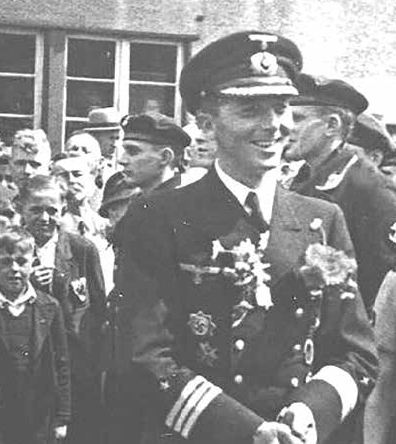
GERMAN SHIP AT THE BOTTOM OF THE CARIBBEAN SEA
After Jamaica, the ship headed south, towards the Netherlands Antilles. Aruba, a Caribbean island with 100,000 inhabitants that forms part of the Kingdom of the Netherlands, is located just 60 miles from the coast of Venezuela, a country of 30 million. Aruba lives from tourism, while Venezuela was hit hard by the economic crisis and is on the verge of a humanitarian catastrophe. So far, 30,000 refugees have managed to reach Aruba by boat, but others are still being prevented by ships of the Dutch coastguard… Penalties for illegal employment are draconian for employers, ensuring that nobody dare offer work to refugees. A taxi driver tells us that they have started picking the pockets of tourists on the beaches, “but there are still not violent” … Aruba’s inhabitants receive free schooling and healthcare. If they need organ transplants, the state pays for them to be sent to Houston, Miami or the Netherlands … Will falling oil prices and the collapse of Chavez’s legacy in Venezuela drag this Dutch tropical paradise down with it, and turn it into the Caribbean Lampedusa?
One friend of mine from Bosnia decided to spread this statement of mine on Facebook, commenting wittily and sarcastically: “Yeah, shit in Aruba!”. From the perception of Bosnia or Serbia, the (potential) problems of little Aruba in the warm waters of the Caribbean may seem funny, but for me they say that the world has become so globally connected that there virtually doesn’t exist a corner of the planet that is completely safe from, and independent of, developments in other countries and regions.
We spent only half a day on Aruba, so the tour of the capital – Oranjestad – and its surroundings was “fast-paced”, but the inspired taxi driver compensated for everything with the thousands of pieces information that he showered on us in those few hours.
As we walked along the coast to the left of the harbour, we saw a boat with divers anchored a hundred metres from the shore. An explanation followed – down there is a German merchant ship, “SS Antilla”, which was sunk here by its captain, Ferdinand Schmidt, in 1940, because he did not want to hand it over to the Dutch. What actually happened?
On 28th August 1939, four days prior to Hitler’s attack on Poland and the formal start of World War II, all German merchant ships around the world were given a coded command to find some German port within four days or, of that was not possible, to move to some port of a “neutral country”.
Loaded with 3,000 tonnes of sulphur, the SS Antilla sought refuge in the Netherlands Antilles (Aruba, Bonaire and Curacao). With the Curaçao port of Willemstad already full, the ship headed for Aruba and landed its cargo there. On 10th May the next year, Germany attacked the Netherlands and an order arrived for all Dutch overseas territories to confiscate all German ships. When the Dutch patrol boat approached the SS Antilla, Captain Schmidt refused to allow them to board the ship and ordered the crew to set fire to the ship and sink it. A few hours later, the ship was at the bottom of the Caribbean Sea and the crew of 35 sailors was interned, first on Bonaire and then under (secure) British hands in Jamaica, where they remained until the end of the war.
The epilogue of this entire story is that the wreck of the SS Antilla is today one of the most attractive places to dive, while captain Schmidt returned to Aruba, where he married a local girl and his grandson married the daughter of our taxi driver.
The excellent local beer is called “Balashi”, the beaches are, of course, excellent, and some of my Belgrade friends who go there every year say that the nightlife is even better, but we didn’t have the opportunity to check that out for ourselves, as the ship set off towards the Dominican Republic at two in the afternoon.
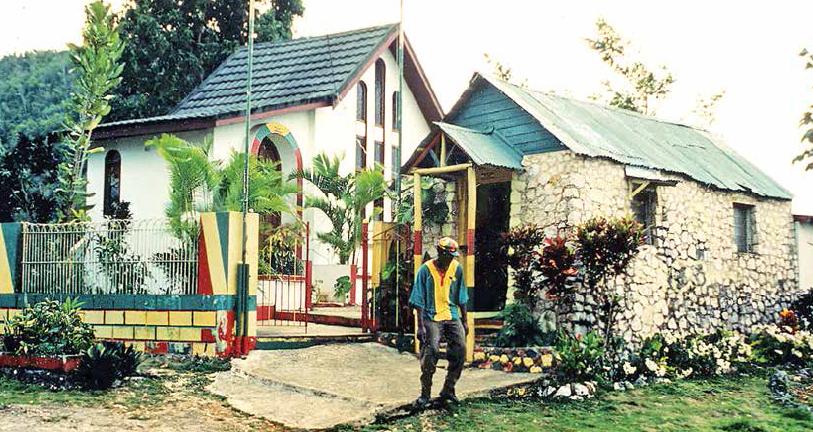
WHAT EVIAN & SOUZA HAVE IN COMMON
The city of La Romana in the Dominican Republic, where we docked, has little to offer apart from a solid beach in the area and the local “Presidente” beer. As such, I will use this opportunity to address some other episodes related to the history of this country.
Less than two years ago we were guests in the Dominican Republic home of Rebecca MacDonald, one of the richest and most powerful Serbs in the Diaspora, who has lived in Canada for forty years and owns a large company specialising in the distribution of gas. Rebecca’s house is near the coastal town of Souza, which was little known to the general public until the tourist boom of the 1980s.
What links the Dominican Republic town of Souza to the small French town of Evian? Namely, a conferenced was organised in Evian in 1938, with the aim of Western countries reaching agreement on how many Jewish refugees they could accept from Germany and Austria, where racially discriminatory laws had already made life unbearable for Jews. All of the participating countries were quite reserved regarding quotas, with only the Dominican Republic’s dictator, Rafael Trujillo, generously “chopping” the quota of 100,000 Jews, giving them 110 square kilometres of land near the village Souza for them to settle and begin producing dairy products. A total of only 800 of them arrived. They raised the Dominican dairy industry and taught local residents to make cheese and other dairy products. Their descendants still live in Souza today.
Although Trujillo is considered an infamous dictator, it is estimated that his Jewish settlers advanced the country, much like the Spanish Sephardim Jews were broadly accepted in 1492 by Turkish sultan Bayazid II, who allowed them to settle all over the Ottoman Empire, which thereby received overnight a large number of craftsmen, doctors, pharmacists, bankers and various other professions that were lacking.
Trujillo also generously received other immigrants – Japanese nationals and refugees from the Spanish Civil War. It is believed that he did all of this in order to increase the percentage of white people in his country. His dictatorship is remembered for his repression of political opponents and one film on that topic, “In the Time of the Butterflies”, starring Salma Hayek in the lead role, recounts the fate of the Mirabal sisters, who Trujillo had assassinated in 1960.
Trujillo was murdered in 1961 in an ambush by rebels determined to topple his regime in Santo Domingo, the capital of the Dominican Republic.
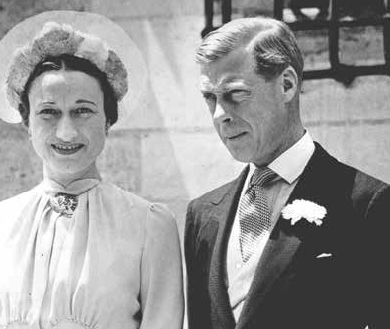
“THIRD-CLASS BRITISH COLONY”
“A third-class British colony” is how the Bahamas was dubbed by Prince Edward, who was the governor of the islands from 1940 to 1945. After abdicating from the British throne in 1936, because of his desire to marry American double-divorcee Wallis Simpson, Prince Edward, the uncle of current British monarch Queen Elizabeth II, spent time in Paris and was also a frequent guest in Germany. Due to his closeness to the Nazis, the government of Winston Churchill and the prince’s younger brother, King George, decided to separate him from Europe and send him to the Bahamas, which Edward, who was accustomed to glamorous European parties, from Paris to Estoril, was not overly thrilled about.
Since 1973 the Bahamas has been an independent country, though the British Queen remains its nominal head of state.
Immediately beside the harbour is a square with the Parliament of The Bahamas. An impressive exhibition has been set up there to mark the 50th anniversary of the first elections in the Bahamas, when the “majority started to rule”, finally. Independence was declared six years later. Alongside dozens of photos of women and men from the islands who were independence fighters stands a monument to Queen Victoria, who personifies that which those depicted in the photographs fought against. This is like placing monuments to Franz Joseph and Gavrilo Princip next to one another. But in the Bahamas that is completely normal.
A ten-minute taxi ride leads to the Hotel Atlantis, which has been a trademark of the island since it opened in 1998. This hotel has as many as 3,805 rooms, five luxury suites and one “Super apartment” on the skyway that connects the hotel’s two buildings. If we consider that cheapest room costs $400 a night and that the hotel is almost always fully booked throughout the year – and has a casino, convention centre, restaurants and other sources of income – it is not difficult to calculate the gigantic business behind this complex, which is owned by 81-year-old South African hotel mogul Sol Kerzner.
Seven years ago we visited South Africa’s Sun City and stayed in his unreal hotel “Palace of the Lost World”, which really resembles an oversized palace from bygone times. Sol Kerzner, the son of Jewish immigrants from Russia, expanded the hotel business of his parents, who maintained a chain of kosher hotels. The whole project of the “African Las Vegas”, a gamblers’ paradise called Sun City in the heart of South Africa, is his own work, and it even prompted the apartheid regime in Pretoria to declare the area of Bophuthatswana an independent state, in order for gambling and prostitution to be legalised on its territory, in Sun City.
After opening the Hotel Atlantis in the Bahamas, Kerzner opened “Atlantis, The Palm”, on the artificial island in the shape of palm trees in Dubai, in 2008, prior to the start of the global economic crisis.
The Bahaman “Atlantis” is, thus, a magnet for hundreds of thousands of tourists annually, who come to gamble, swim or just take pictures in this attractive setting that is just a 45-minute flight from Miami.